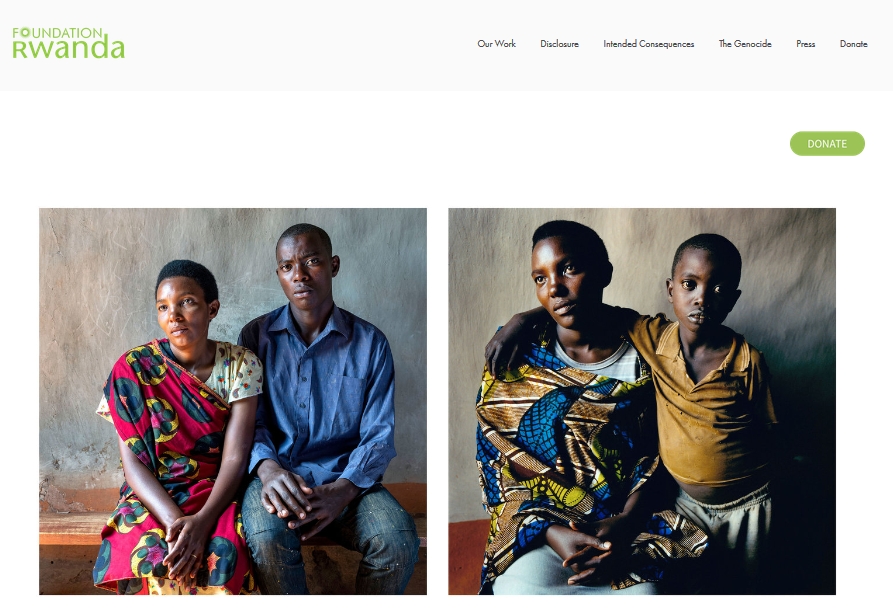
In this weekened’s The New York Times, Jonathan Torgovnik, publishes an update of his remarkable photojournalism work which features women survivors of the genocide in Rwanda, and their children born to them of rape. This coincides with the relaunch of the Foundation Rwanda website, which features in more depth the stories of the participants in this landmark project.
Out of the response to the original publication of the work in 2007, Jonathan set up Foundation Rwanda with Jules Shell which has partnered with Survivors Fund (SURF) since its inception to provide access to counselling and education to this particularly vulnerable and marginalised population in Rwanda.
From “Rwanda’s Children of Rape Have Come of Age“…
What are the effects of being born of rape in the name of genocide? How are mothers who survived this brutal violence in Rwanda dealing with the trauma and complexities of their lives and the long-lasting, multigenerational impact of what was done to them?
In 2018, I returned to Rwanda to revisit some of the families I met 12 years before when I began a project documenting the stories of women who were raped during the 1994 genocide and the children born of those horrific encounters. The mothers have now disclosed to their children the circumstances of how they were conceived, and the children are speaking for the first time as adults, reflecting on being called “children of the killers” while they were growing up.
Between April and July 1994, an estimated 800,000 people, a vast majority of them members of the country’s Tutsi minority, were killed in the space of 100 days in the small central African country of Rwanda by Hutu militias known as Interahamwe. Thousands of Tutsi women were violently and repeatedly raped. Thousands of children were conceived during those rapes; many of their mothers contracted H.I.V./AIDS during the same brutal encounters that left them pregnant.
Rwanda’s children born of rape have come of age.
